Cannabinoid THC Dominant
THC 16.6 - 18.6%
CBD 0.7 - 0.84%
Effect Sleepy
Side Effect Thirst and dry mouth
Flavor Skunk
Purple Rhino Strain Information
THC
CBD
Potency
The Purple Rhino strain is a 60/40 Indica dominant hybrid created by crossbreeding of White Rhino and Mendocino Purps. The THC content can be 10.4-12.4%, and it amounts to 11.4% in this batch. The cannabinoid profile is outstanding:
- CBC 0.23-1.31%
- CBG 0.5-1.67%
- CBN 0.23%
- THCV 0.45-1.29%
- CBD 0.29-0.51%
Despite the fact that this cannabis type has a low THC percentage, it is recommended for confident users, while a pure Indica version of this strain is intended only for veterans.
Purple Rhino Taste and Aroma
This cannabis features a combo of 2 dominant aromas – skunky, which traces back to White Rhino, and pine, which is typical for the Purps lineage. Both flavors demonstrate that the strain is rich in phellandrene. Some users discern a citrus smell as a characteristic of pinene and subtle sweet notes typical for myrcene. People with a sharp feel for aromas detect berry and earthy hints. Limonene, linalool, and valencene should also be mentioned here to complete the list of all terpenes present in this photoperiod marijuana type.
Strain Properties and Effects
As you can expect from a hybrid, the Purple Rhino strain is known to deliver both cerebral and body effects. This kush makes smokers feel euphoric, uplifted, and happy. At the same time, it relaxes muscles and provides mild sedation. Some consumers report they feel increased hunger. The weed helps people combat symptoms of the following conditions:
- Anxiety
- Muscular dystrophy
- Post-traumatic stress disorder
- Insomnia
- Depression
When taken in high doses, the pot may cause adverse reactions. Potential side effects include:
- Paranoia
- Thirst and dry mouth
- Low blood pressure
- Drowsiness
- Fatigue
Growing Review
Surprisingly, this phenotype is not quite popular among growers. The plants are easy to grow and resistant to most pests. They can grow in any environment but prefer warm and dry climates if cultivated outdoors. The strain flowers in 49-63 days and is ready to harvest in 70 days. The height of plants is average – 60’’-80’’. This low-maintenance cannabis gives growers a 1-2 oz./ft2 yield indoors and 2-3 oz./ft2 when grown outdoors.
Side Effects
Simply let us know how this strain tastes or write a detailed review.
Purple Rhino Strain Cannabinoids
| THC | Tetrahydrocannabinol, or THC, is a major cannabis chemical compound. It is a psychoactive element that stimulates dopamine release and induces euphoria or happiness. THC-rich strains may be helpful with such conditions as lack of appetite, chronic pains , etc. It is considered to be the primary active marijuana component. | 16.6 - 18.6% |
| CBD | Cannabidiol, or CBD, is a major compound in cannabis, which is non-psychoactive. It is also proved to counteract the side effects of the second major component THC. CBD is widely used for medicinal purposes in rubs, oils and so on. It is helpful in muscle pain cases, may treat arthritis and migraines. Even Greeks used it against pain, while Queen Victoria applied it to get rid of menstrual cramps. | 0.7 - 0.84% |
| CBC | Cannabichromene, or CBC, is a minor cannabinoid, meaning that its quantity in cannabis is quite little. Though it has the same origin as CBD and THC, it is different in functions. Without any psychoactive effects, it is an efficient cannabis compound in combating acne and depression. CBC produces analgesic, antibacterial and anti-inflammatory effects. | 0.2 - 0.74% |
| CBG | Cannabigerol, or CBG, is one of the minor cannabis compounds in adult plants. On the other hand, young ones contain a lot of this antibacterial and anti-inflammatory component. During the growth, CBG is converted into different cannabinoids, mostly THC and CBD. The compound itself increases appetite and decreases eye pressure. | 0.5 - 1.17% |
| CBN | Cannabinol, or CBN, is a trace element in cannabis that is considered to be mildly psychoactive. It appears from oxidation THC, exposed to light and heat. CBN is mostly contained in old cannabis and in traditional hashish. It is effective against insomnia, bacterial infections and appetite loss. | 0.3 - 0.24% |
| THCV | Tetrahydrocannabivarin, or THC-V, is a compound contained in cannabis in trace amounts. Even though it is close to THC molecularly, it is different in effects. This compound may be psychoactive only in large amounts. THC-V reduces blood sugar, controls appetite, stimulates bone growth, etc. African Sativa strains are the richest in THC-V. | 0.26 - 0.82% |
Purple Rhino Terpene Profile
| Pinene | Pinene is one of the most widespread terpenes in nature, found in pine trees, basil, nutmeg, parsley, and rosemary. Cannabis containing terpene (alpha-pinene or α-pinene) boasts a strong pine scent. Pinene is responsible for anti-inflammatory, pain-relieving, and anti-anxiety effects. | 0.19% |
| Myrcene | Myrcene (also known as β-myrcene) is one of the most common terpenes found in cannabis, representing more than 20% of the modern marijuana terpene profile. Myrcene has a distinct earthy, musky flavor, resembling cloves. It is responsible for calming and soothing effects of weed. Myrcene is also found in hops, thyme, mango, lemongrass, guava melon. | 0.34% |
| Humulene | Humulene (also known as α-humulene) is one of the major terpenes found in cannabis, contributing to woody, earthy, spicy, herbaceous, and, mainly, floral aromas of cannabis. Used in modern medicine, humulene offers anti-inflammatory, antibacterial, and appetite suppressant effects, which have been well-researched by pharmaceutical companies. | 0.03% |
| Limonene | Limonene (also known as d-limonene) is the second most common terpene in nature and the third most common terpene in cannabis. It has a powerful citrus aroma and can be found in all citruses, including lemons, oranges, grapefruits, limes, juniper, etc. Limonene is known to elevate moods and provide anxiety, depression, and stress relief. | 0.11% |
| Linalool | Linalool (also known as beta linalool, linalyl alcohol, linaloyl oxide, and p-linalool) is one of the rarest terpenes found in cannabis, mostly in small quantities. Linalool is known for its spicy and lavender aroma, bringing relaxation and calming effects. It is also said to provide anti-inflammatory and analgesic properties that can be useful for athletes. | 0.07% |
| Valencene | Valencene is a terpene that got its name from Valencia oranges - a fruit where It's initially found. Valencene offers citrusy, sweet aromas, with flavors having notes of oranges, grapefruits, tangerines, and, occasionally, fresh herbs or freshly cut wood. Citrus aromas, frequently found in a wide variety of cannabis strains, are contributed to by valencene, which is known for anti-inflammatory and insect repelling properties. | 0.04% |
| Terpinolene | Terpinolene is one of the most common terpenes found in cannabis; however, It's usually presented in small quantities. Is responsible for piney, floral, herbaceous, and even a little bit citrusy aroma of cannabis. Terpinolene can be found in lilacs, nutmeg, and cumin. In cannabis, terpinolene contributes to the sensation of "freshness." Has the potential to reduce the risk of heart diseases. | 0.01% |
| Phellandrene | Phellandrene (also known as alpha- and beta-phellandrene) is one of the rare terpenes found in cannabis with antihyperalgesic and antidepressive properties. Phellandrene contributes to a minty, woody, and mildly citrus aroma in cannabis. Previously confused with limonene and pinene, phellandrene was eventually distinguished as a separate terpene common for eucalyptus. Also, it could be found in mint, dill, black pepper, cinnamon, parsley, pine, and lavender. | 0.15% |
| Caryophyllene | Caryophyllene (also known as beta or b caryophyllene) is a terpene found in many herbs and spices, such as black pepper, basil, rosemary, and oregano. Cannabis high in caryophyllene delivers a strong spicy, peppery aroma, resembling cinnamon and cloves. Caryophyllene offers potent anti-inflammatory and sedative effects. | 0.06% |
| Total terpenes content | 1.00% |
Growing Info
Purple Rhino strain lineage
Similar Strains
THC 18.24 - 20.44%
CBD 0.35 - 0.64%
Effect Happy
Flavor Sweet
THC 16.5 - 18.75%
CBD 0.32 - 0.59%
Effect Creative
Flavor Sweet

THC 22.8 - 25%
CBD 0.35 - 0.74%
Effect Sleepy
Flavor Berry
THC 23.25 - 26%
CBD 0.46 - 0.6%
Effect Uplifted
Flavor Sweet
THC 13.5 - 16%
CBD 0.56 - 0.76%
Effect Relaxed
Flavor Lavender
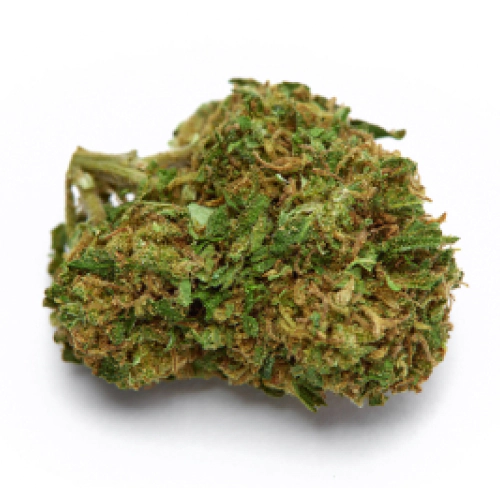
THC 18.25 - 19.75%
CBD 0.44 - 0.4%
Effect Relaxed
Flavor Sweet
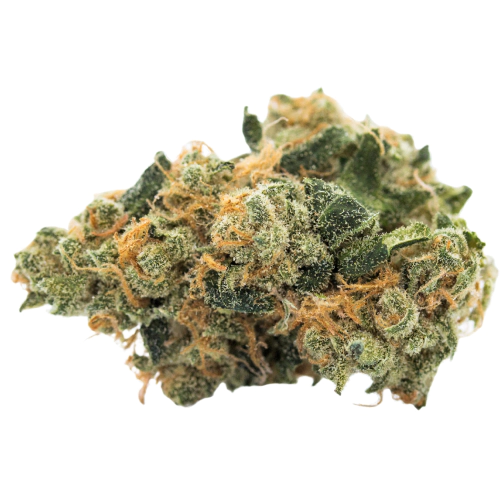
THC 19.42 - 21.82%
CBD 0.39 - 0.66%
Effect Happy
Flavor Earthy
THC 19.62 - 22.88%
CBD 0.45 - 6.27%
Effect Relaxed
Flavor Spicyherbal
THC 19.75 - 21%
CBD 0.48 - 0.8%
Effect Happy
Flavor Mint

THC 16.9 - 18.9%
CBD 0.37 - 0.76%
Effect Uplifted
Flavor Sweet
THC 22.8 - 25%
CBD 0.58 - 0.82%
Effect Relaxed
Flavor Pine
THC 19.25 - 22.5%
CBD 0.64 - 0.97%
Effect Sleepy
Flavor Woody

THC 23.22 - 25.38%
CBD 0.28 - 4.74%
Effect Relaxed
Flavor Sweet
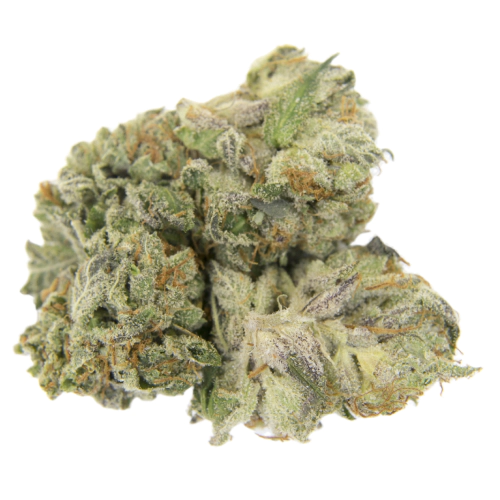
THC 18.25 - 22.25%
CBD 0.46 - 0.7%
Effect Happy
Flavor Diesel
THC 20.75 - 23.5%
CBD 0.26 - 0.56%
Effect Sleepy
Flavor Woody
THC 16.67 - 18.67%
CBD 0.23 - 0.62%
Effect Euphoric
Flavor Lavender

THC 21 - 23.75%
CBD 0.34 - 0.5%
Effect Sleepy
Flavor Sweet
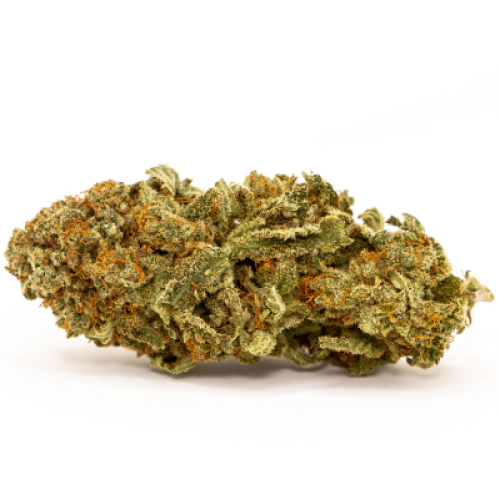
THC 15.5 - 18%
CBD 0.77 - 0.98%
Effect Happy
Flavor Pine
THC 24 - 24%
CBD 0.1 - 0.36%
Effect Calm
Flavor Lime
THC 22 - 24.5%
CBD 0.4 - 0.56%
Effect Euphoric
Flavor Sweet
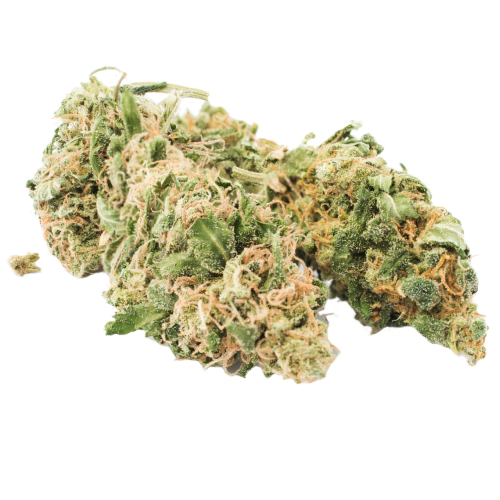

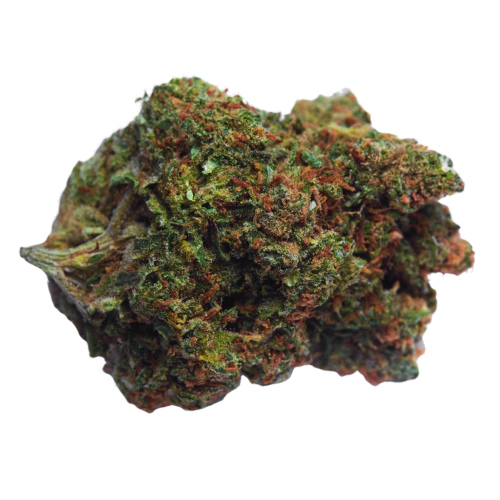


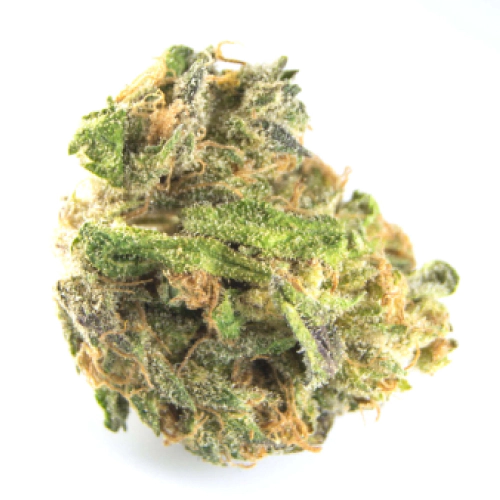
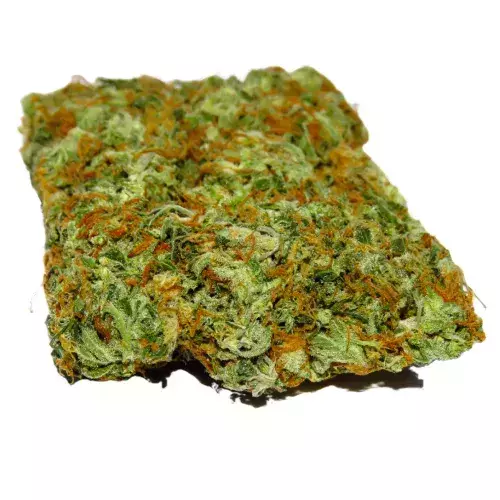
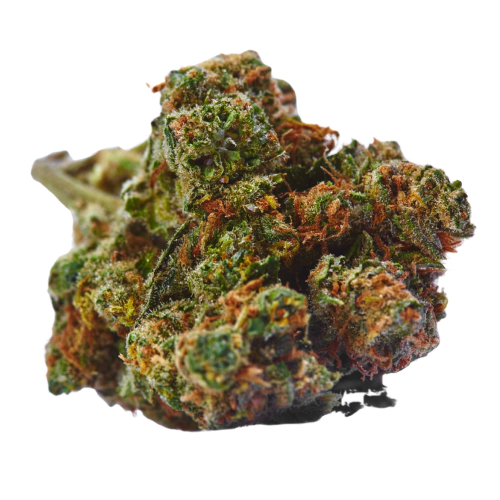


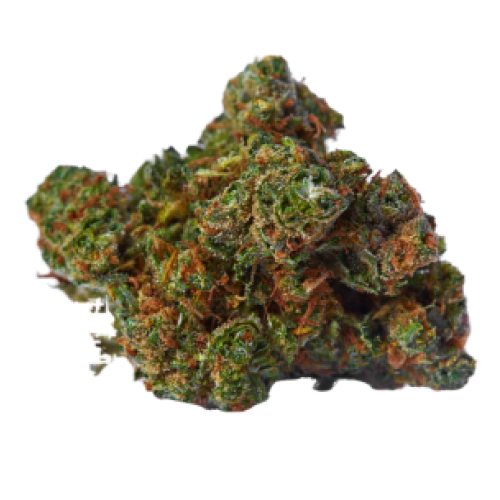

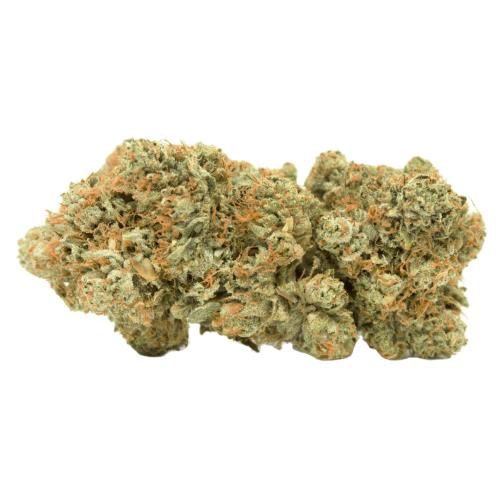
User Reviews 7
Purple Rhino… Gosh, where to start? Its a classic hybrid with a fantastic smell and supreme effects. Every cannabis user needs to have this journey. This weed can be smoked at any time of the day since it makes you less anxious and tense still preserving
One of the most pleasant pre-rolls Ive tried.
A great kush that is similar to Starfighter IMHO. Its true to its hybrid classification that gives an incredible body buzz making you uplifted and happy without getting you couch-locked.
As for me, I was def impressed. Minus 1 point for excessive drowsiness though it may help people with sleep issues. Cant say anything about the taste. Nothing outstanding
I like trying new strains and Purple Rhino is on my buying list. A well-balanced hybrid that gives the best Indica/Sativa effects.
Im a daily user of Indica because of fibromyalgia pain. This has been by far one of the mst calming strains Ive smoked.
I was fortunate to grab this at my dispensary and happy about that. For me, its a good pot to fix an appetite loss.
Write a Review